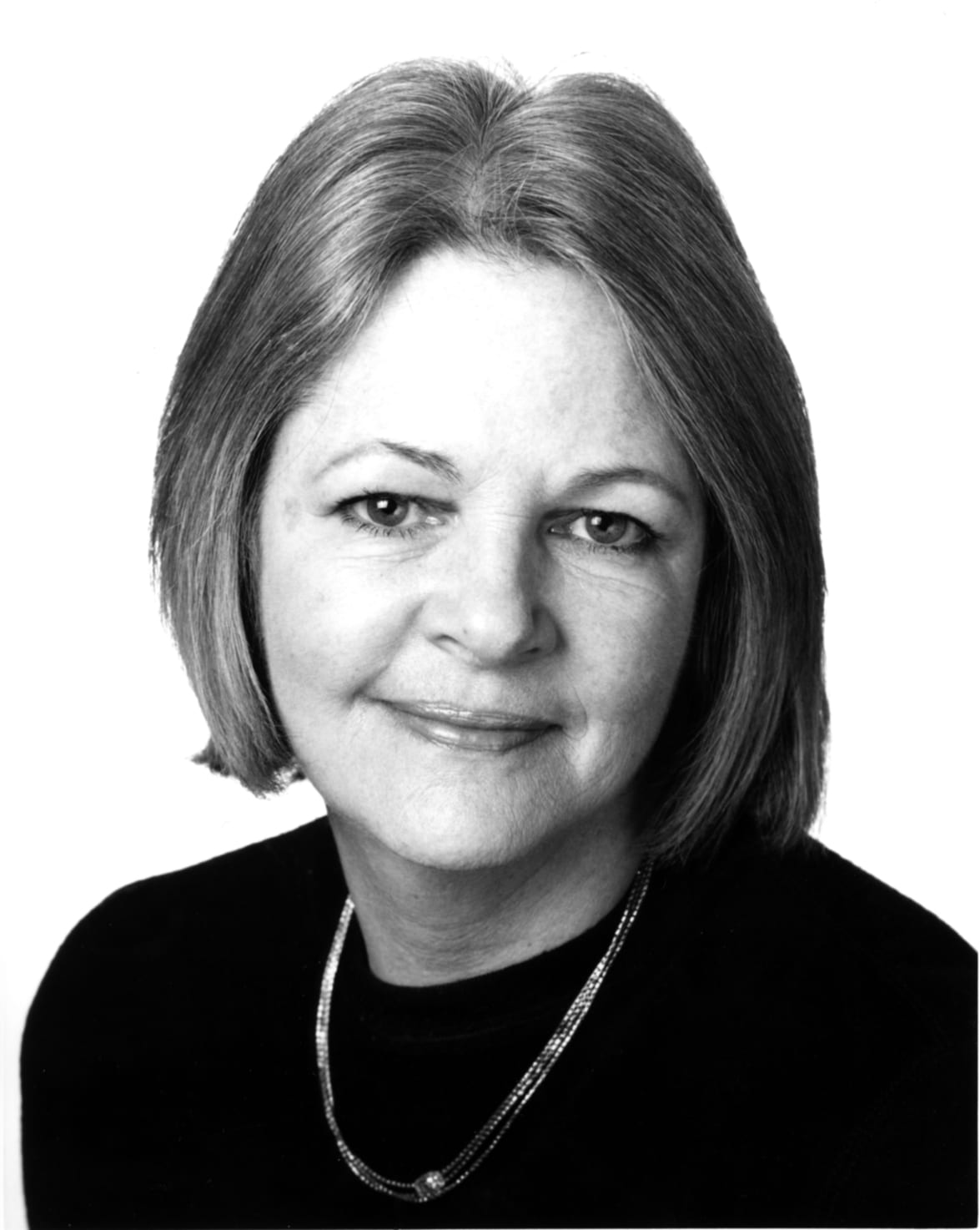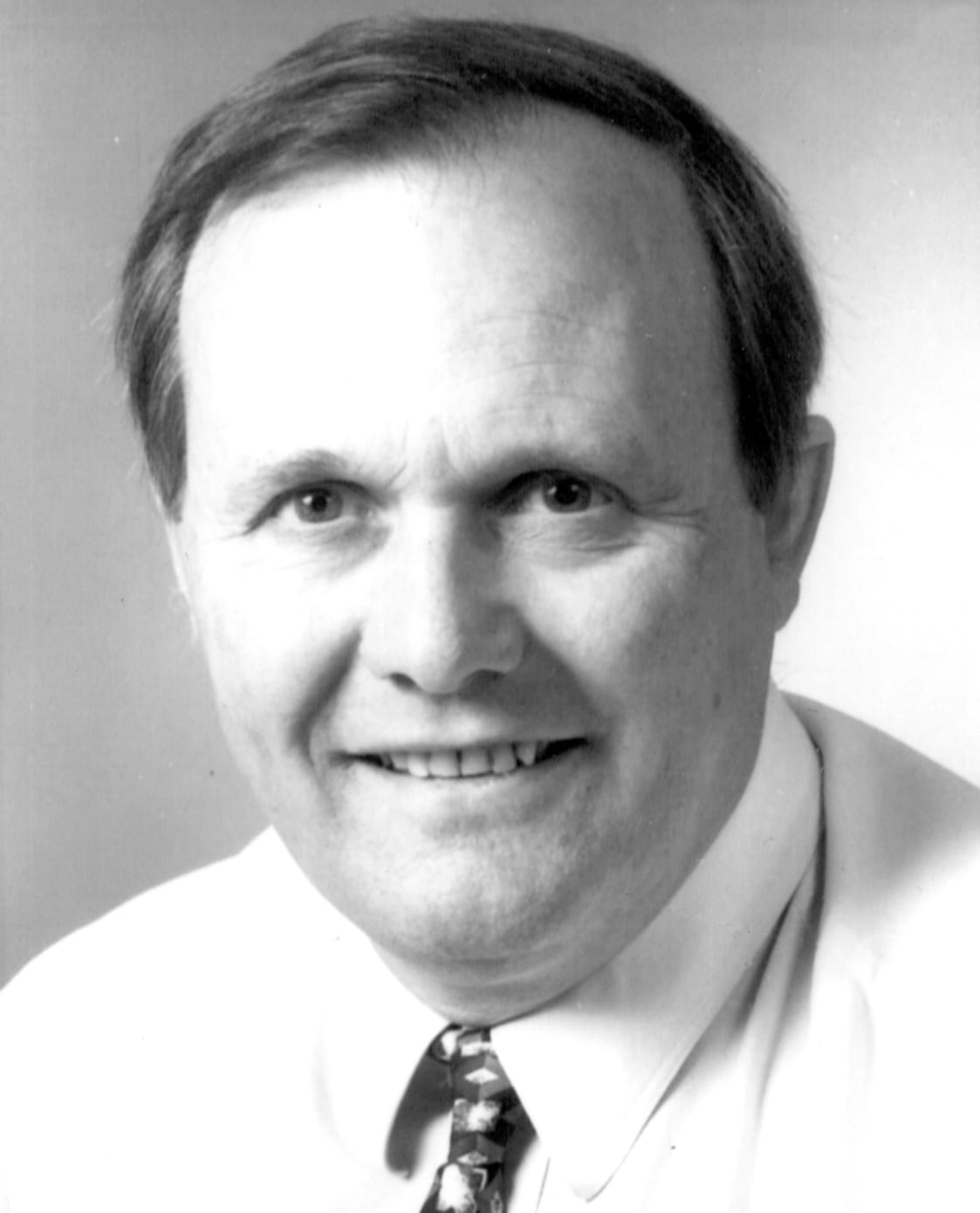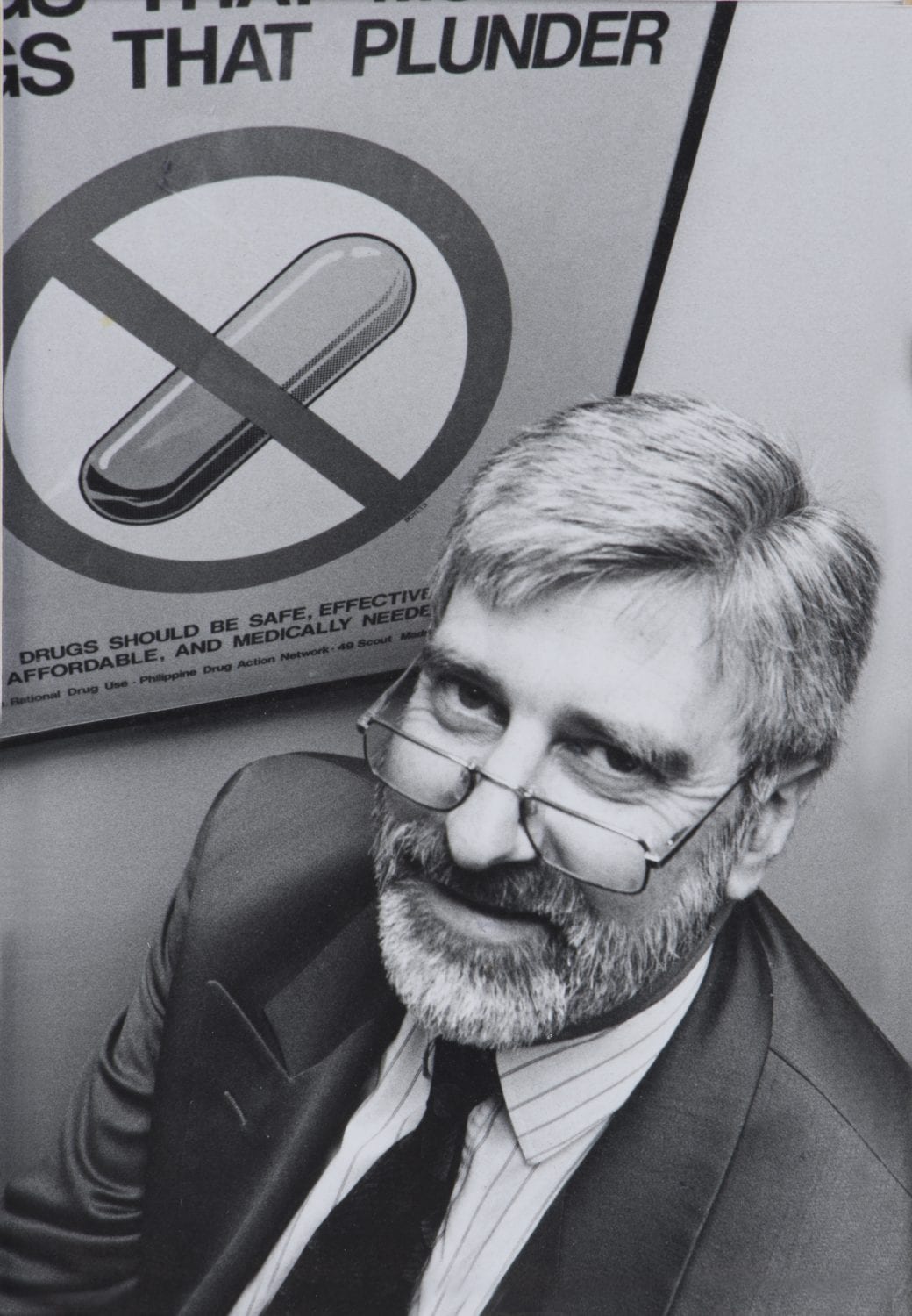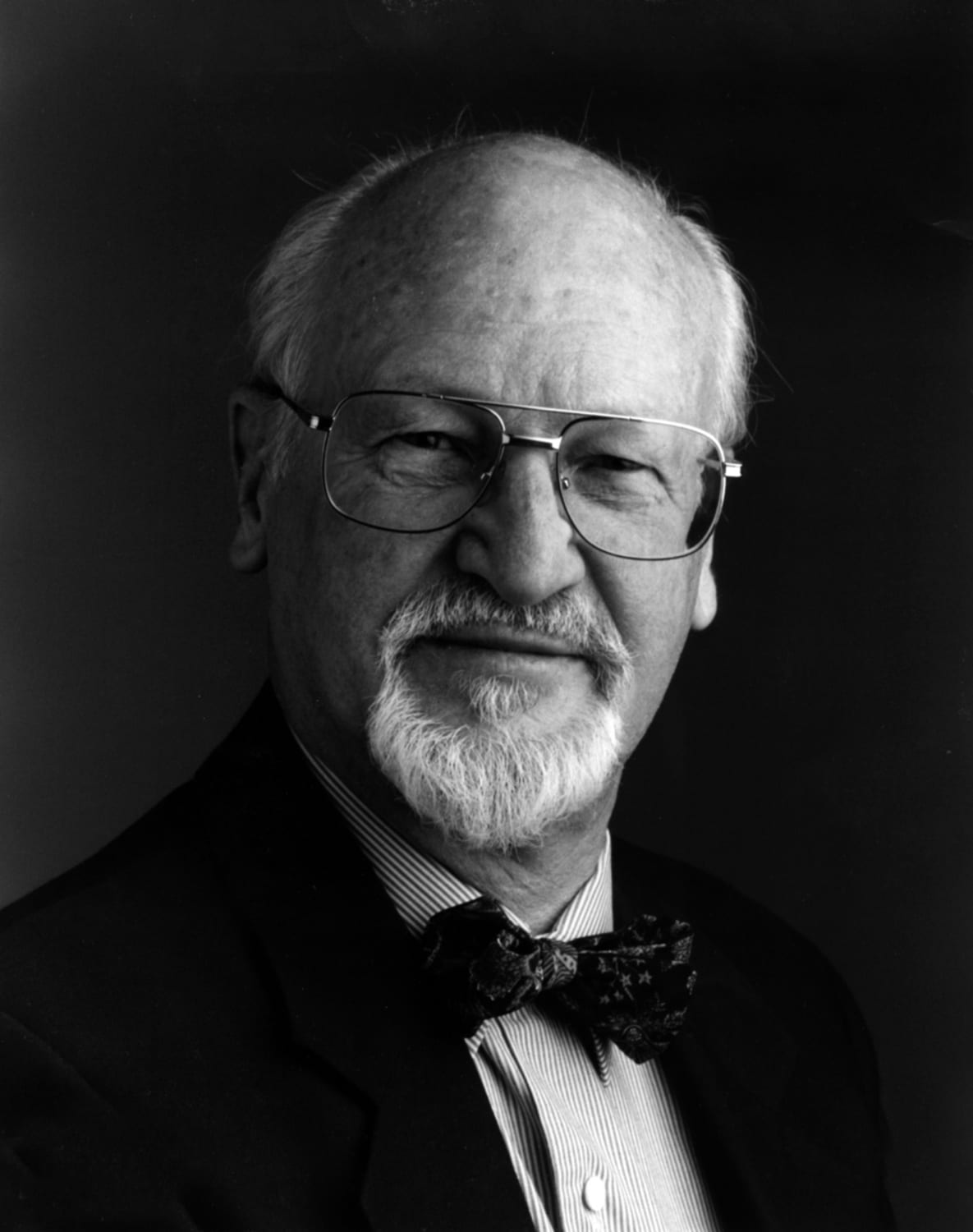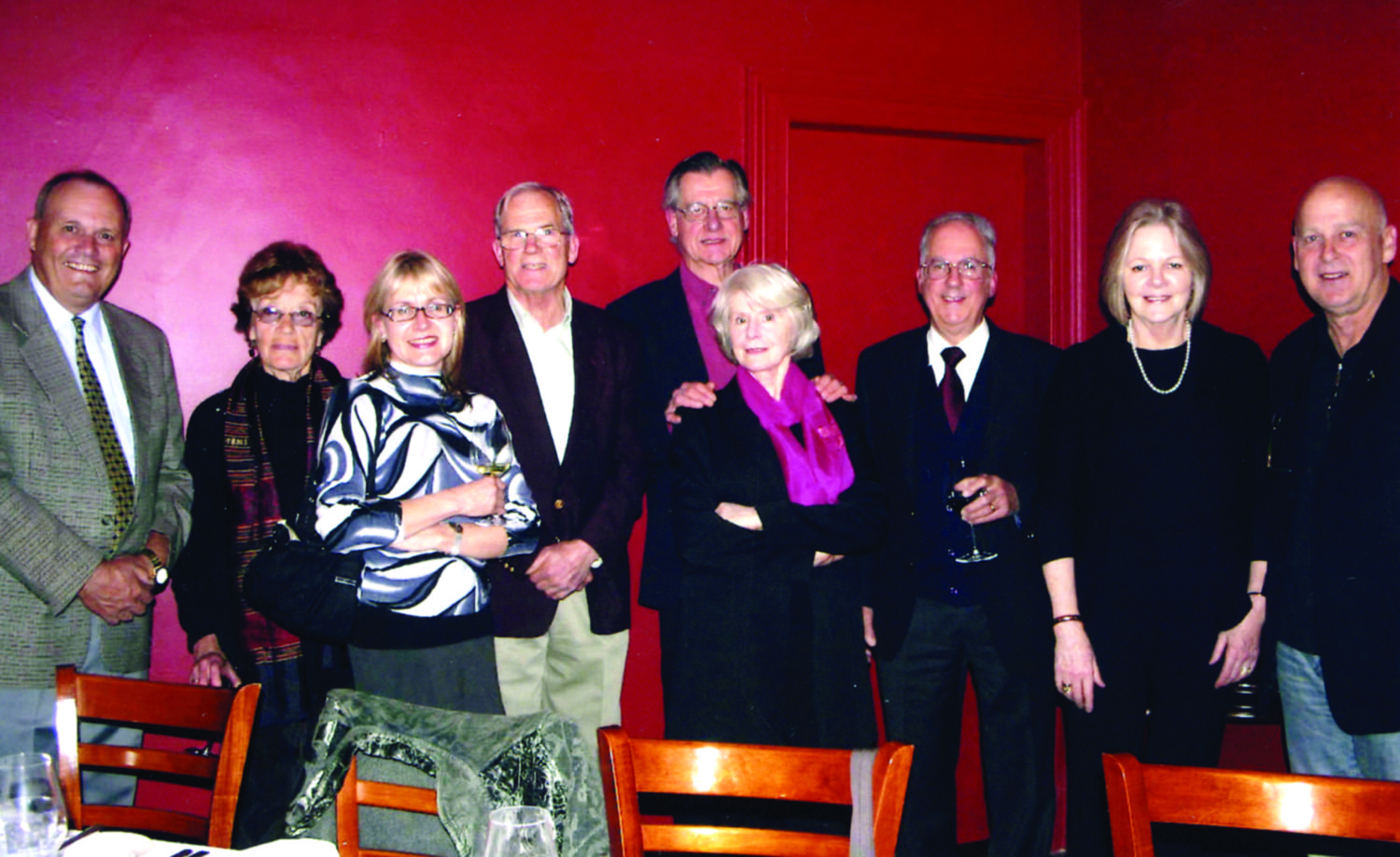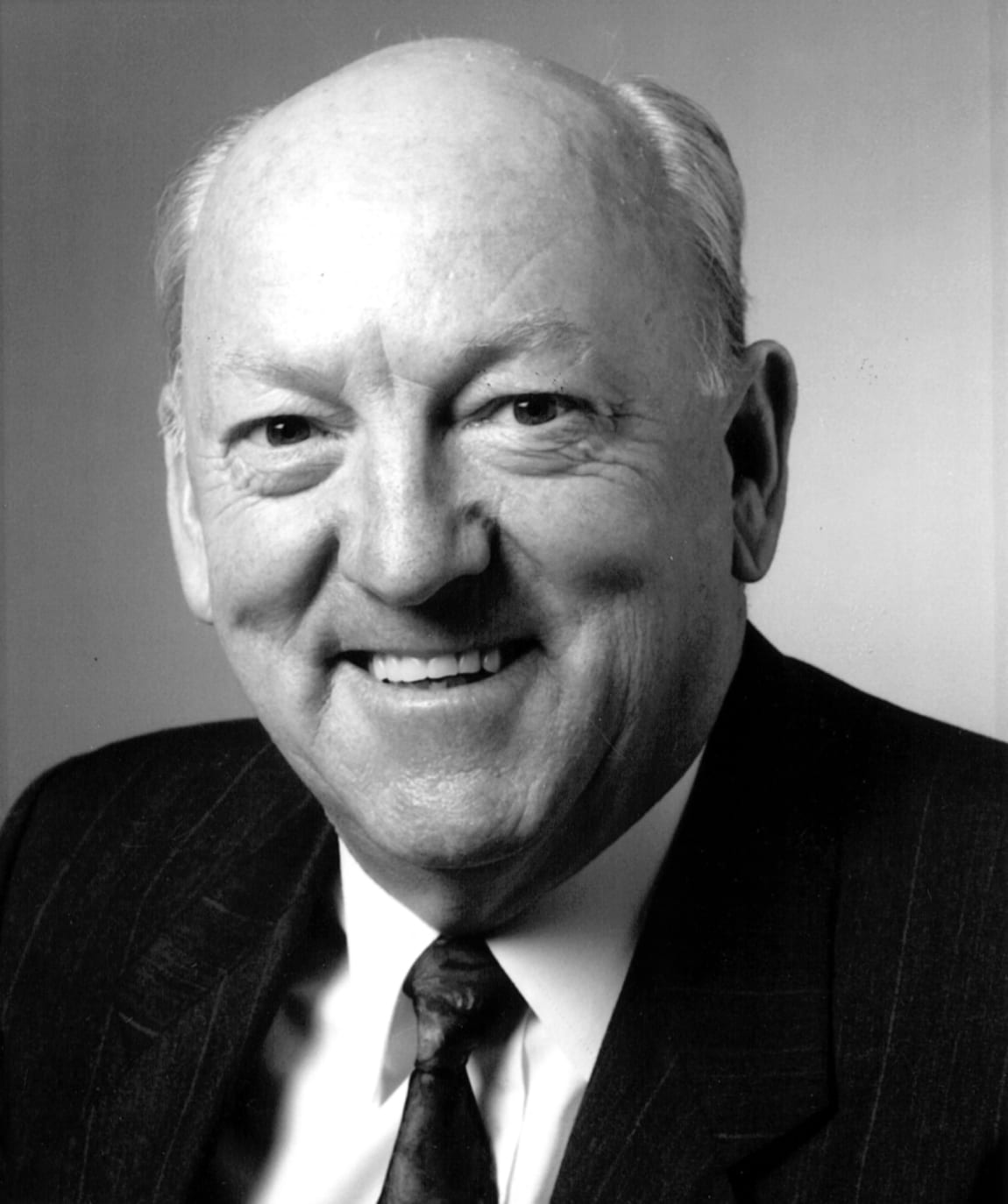It was a convenient marriage, given that the aims of both the antibiotic project and the Foundation had at their core the ongoing education of Victorian doctors, and especially of young graduates.
The first meeting of the Antibiotic Committee on 26 November 1984 was held at VMPF headquarters, a mansion named Trawalla in Lascelles Avenue, Toorak. Committee members were:
- Dr Laurie Mashford (chairman)
- Dr John Andrew, director of microbiology at St Vincent’s Hospital
- Noel Bennett, director of quarantine services at Fairfield Hospital
- Professor David Beswick, director of the Centre for the Study of Higher Education
- Dr Lyn Gilbert, director of microbiology at The Royal Children’s Hospital
- Byron Guthrie, chief pharmacist of the Western General Hospital
- Dr Ken Harvey, director of microbiology at The Royal Melbourne Hospital
- Mary Hemming, executive pharmacist of VDUAC
- Dr Alvis Kucers, director of medical services at Fairfield Hospital
- Dr Rob Moulds, director of clinical pharmacology at The Royal Melbourne Hospital
- Dr John Spicer, director of bacteriology at The Alfred Hospital
- Bill Thomson, director of pharmacy at the Austin Hospital
- David Thompson, VMPF’s executive director
- Dr Fred Tosolini, director of microbiology at the Austin Hospital
VMPF remained financially and legally responsible for the Antibiotic Project until 1996. VDUAC was responsible for convening the writing groups and retained copyright. From 1985, as pharmacy and administrative staff were employed to work on the Antibiotic Project, their salaries were paid through the VMPF using grant monies obtained from the state and federal governments. These arrangements continued until 1996. In 1989 the Antibiotic Committee became the Therapeutics Committee to reflect its broadening charter.


